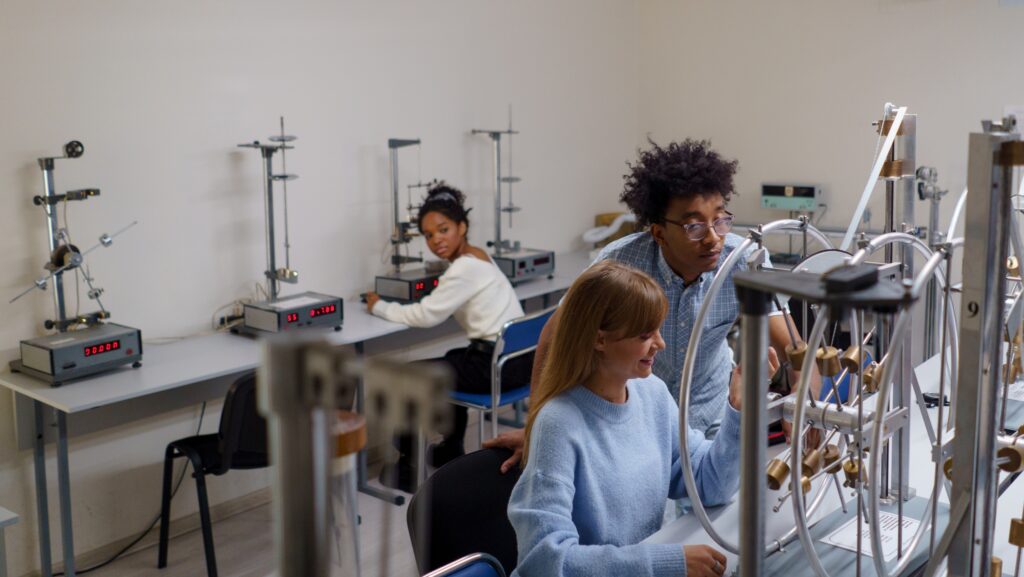In the realm of science education, few topics are as intriguing and vital as reaction energy. It’s the unseen force that powers everything from the simplest chemical reactions to the most complex biological processes. This article will delve into the fascinating world of reaction energy, providing a comprehensive guide for students eager to explore this crucial scientific concept.
Understanding reaction energy isn’t just about memorizing facts and figures. It’s about grasping the dynamic interplay of energy and matter that forms the foundation of our universe. So, buckle up for an exciting journey into the heart of chemistry and physics, where we’ll demystify reaction energy and illuminate its pivotal role in science.
Student Exploration: Reaction Energy
 Delving deeper into the fabric of the universe, key considerations revolve around energy and its interactions. While energy is an abstract concept, understanding it in the context of reactions helps to clarify this obscurity.
Delving deeper into the fabric of the universe, key considerations revolve around energy and its interactions. While energy is an abstract concept, understanding it in the context of reactions helps to clarify this obscurity.
Dive into Reaction Energy, one sees it fundamentally represents the energy involved in a chemical or physical reaction. Playing a pivotal role in all transformations of matter, it hinges on how atoms and molecules engage with each other. Particularly, it’s the difference in energy between the reactants and products in a reaction.
For instance, consider a candle burning. The reaction energy here is the heat released when the wax (reactant) burns to form carbon dioxide and water (products). This energy difference denotes the reaction energy.
Types of Reaction Energies
When dealing with Reaction Energies, one can spot two main types: exothermic and endothermic reactions.
Exothermic reactions, as the name implies, exit heat or energy. In these reactions, products possess less energy than reactants, resulting in energy release. Combustion reactions, like the burning of a candle or fuel, exemplify exothermic reactions.
Understanding the Basics of Reaction Energy
 Previously, we delved into reaction energy, its vital role in physical and chemical reactions, and the distinctive attributes of exothermic and endothermic reactions. In this phase, we’ll concentrate on student exploration in this area, emphasizing the objectives and research methods.
Previously, we delved into reaction energy, its vital role in physical and chemical reactions, and the distinctive attributes of exothermic and endothermic reactions. In this phase, we’ll concentrate on student exploration in this area, emphasizing the objectives and research methods.
The primary objectives of student exploration in the field of reaction energy aim to instill an in-depth understanding of energy transformations. These objectives encompass analyzing the energy changes that take place during chemical reactions, identifying the characteristics of exothermics and endothermics, and developing a contextual notion of the Conservation of Energy principle.
An objective that tops the list is the evaluation of chemical reactions—combustion, for instance—to understand energy changes. It’s crucial for students to recognize how energy transfers from one form to another during these reactions. Further, learners grasp the concept of thermodynamics, distinguishing between exothermic reactions, such as combustion, and endothermic reactions like photosynthesis, where the former releases energy and the latter absorbs it.
Methods Used in Student Exploration
Various methods help meet these objectives and enhance the student learning process. Often, teachers incorporate interactive tools such as simulations to stimulate student engagement. Educational platforms, like Gizmo, offer a plethora of engaging student exploration sheets covering topics like “reaction energy”. These sheets guide students through the theories, objectives, and experimentations, thus promoting active learning.
Key Experiments in Reaction Energy Studies
 Exploring reaction energy involves carrying out various experiments that enable students to understand the interaction between energy and matter. These experiments provide a practical approach to the theoretical concepts they learn.
Exploring reaction energy involves carrying out various experiments that enable students to understand the interaction between energy and matter. These experiments provide a practical approach to the theoretical concepts they learn.
- Testing Reaction Energies with a Calorimeter: A calorimeter experiment, for instance, involves gauging the heat exchange during exothermic and endothermic reactions. Students measure the heat released or absorbed by reaction substances, reinforcing concepts of energy conservation.
- Using Chemical Reaction Vessels: Another practical experiment uses a reaction vessel to observe a combustion process. By burning substances like magnesium or hydrocarbons, students observe the release of energy in the form of heat and light.
Students need various tools and materials for these hands-on experiments. For the calorimeter experiment, they’ll need a simple calorimeter, thermometers, and substances for dissolving or reacting. For combustion experiments, they need a chemical reaction vessel, substances to burn (like magnesium ribbon or hydrocarbons), and safety gear for handling the flames.

